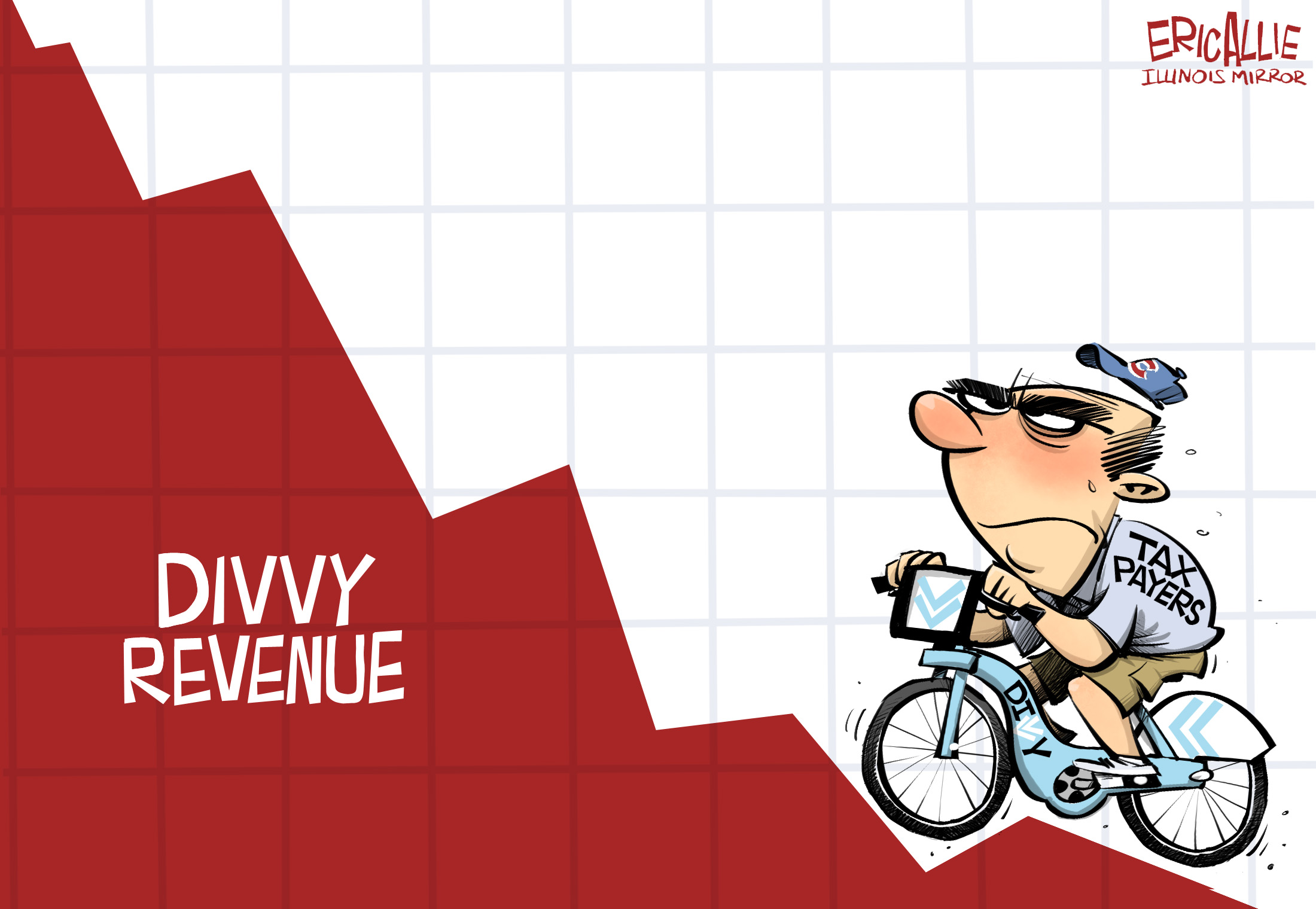QUOTE OF THE DAY
Quad City Times: Bill would give schools more money
Lawmakers and school officials in suburban Chicago are trying to kill off a school funding overhaul that could help hundreds of downstate Illinois school districts, including the Quad-Cities.
Against the backdrop of meetings among top Democrats over a proposal to divert money from wealthy suburban districts to help poorer districts, the top Republican in the Illinois House said he’s concerned Democrats could push the issue through the Legislature during January’s post-election lame-duck session.
“We’re not insensitive toward the problems in other parts of the state,” House Minority Leader Jim Durkin, R-Western Springs, said in an interview Friday. “But there needs to be a broader discussion. People should work on it in a collaborative manner.”
WSJ: Hundreds of Thousands Face Health Law Subsidy Deadline
Hundreds of thousands of Americans face a Tuesday deadline to verify their income and are at risk of losing or having to pay back their federal health-insurance subsidies under the Affordable Care Act.
The need for people to pay back the government could become a headache during next year’s tax season, when Americans are expected to pay back any subsidies they weren’t eligible for.
The Obama administration has told more than 300,000 individuals who obtained coverage through the federal HealthCare.gov site that they may lose some or all of the subsidies if they don’t provide additional income information that jibes with Internal Revenue Service data. That information includes tax returns, wages and tax statements, pay stubs and letters from employers.
Chicago Sun Times: Divvy bikes headed to the burbs
Divvy bikes are headed to the suburbs of Evanston and Oak Park after Gov. Pat Quinn on Sunday reversed course and approved a $3 million state grant to expand the bike-sharing service.
The grant — which appears to be identical to one denied by Quinn in May — will add 700 new bikes and 70 docking stations in Evanston, Oak Park and several Chicago neighborhoods. Taxpayers in the three cities will foot the bill for an additional $750,000, bringing Divvy bikes to the suburbs for the first time.
In a news release Sunday, Quinn said, “The Divvy program has proven to be a successful and innovative way to commute, navigate congested city streets and explore vibrant Chicago communities. Expanding Divvy outside of the city limits mean fewer cars on the roads and gives more residents and visitors the fun opportunity to take a ride.”
WUIS: How Politics Steered The Uber Bill
Gone are the days of standing outside, in the rain, hoping a taxi will pass by. Ridesharing services allow anyone with a smart-phone to download an app and get setup with a ride … at least in the Chicago where it’s available. It hasn’t taken off yet elsewhere in Illinois. Even so, the General Assembly this spring passed a controversial measure that would regulate ridesharing statewide. Monday morning, Governor Pat Quinn vetoed it. Amanda Vinicky has more on why.
It was early on a Monday morning, and I had to get to downtown Chicago’s Union Station, to catch an Amtrak train back to Springfield. I couldn’t trouble a friend at 6 a.m. to drop me off.
So I picked up my phone, and used my Uber app to request a driver. Its special GPS honed in on where I was, and where I needed to go.
Chicago Sun Times: Keep the heat on political corruption
The last year has been relatively quiet on the political corruption front. U.S. Attorney Zachary Fardon has pushed only a handful of cases alleging wrongdoing by local pols, though he may have more in the works.
It’s reassuring, then, that Fardon reportedly intends to appoint as his right-hand aide a man who helped him convict former Gov. George Ryan. By naming Joel R. Levin as his first deputy, Fardon is sending a welcome message that political corruption remains a top priority of his office.
Chicago and Illinois have a storied history of political corruption. Both the city and the state require constant vigilance from the U.S. attorney’s office.
WBEZ: Chicago Public Schools will get money for no-show students, again
Chicago Public Schools is making a surprising announcement that could cost the district millions of dollars.
In a letter being sent to principals today, CPS CEO Barbara Byrd-Bennett told schools they would again be held harmless for students who didn’t show up this year.
The district changed the way it funds schools last year. Instead of funding positions and programs from downtown, schools are now given about $5,000 per student on average, under a formula called “student-based budgeting.”
Daily Herald: Chicago parks to get $2.4 million in state money
The Chicago Park District will receive $2.4 million in state money to improve five parks.
The money is coming from the Illinois Jobs Now capital construction program.
Gov. Pat Quinn announced the grants Sunday. He says the money will create jobs and “ensure that Chicago’s parks continue to benefit their neighborhoods for years to come.”
WSJ: Where All the Teachers Are Above Average
New York recently released evaluations that rank 95% of the state’s teachers as “highly effective” or “effective,” 4% as “developing,” and only 1% as “ineffective” for the 2012-13 school year. Never mind that more than half of the state’s students in grades 4-8 weren’t proficient in reading and math, according to statewide test scores.
Critics were amazed at how the state could have so many effective teachers and so many struggling students. But as a former New York state superintendent of schools for more than 20 years, I wasn’t at all surprised. State law and school culture make it nearly impossible to get an honest evaluation of teachers’ effectiveness.
According to the New York State Education Department, state law requires that 60% of a teacher’s rating be based on classroom observations and other measures agreed upon at the local level through collective bargaining with the union. Another 20% is based on student performance on grades 4-8 statewide math and reading tests or “locally determined student learning objectives.” The remaining 20% is again based on “locally determined” objective measures as bargained between school management and teachers unions.
WSJ: Where All the Teachers Are Above Average
CARTOON OF THE DAY

